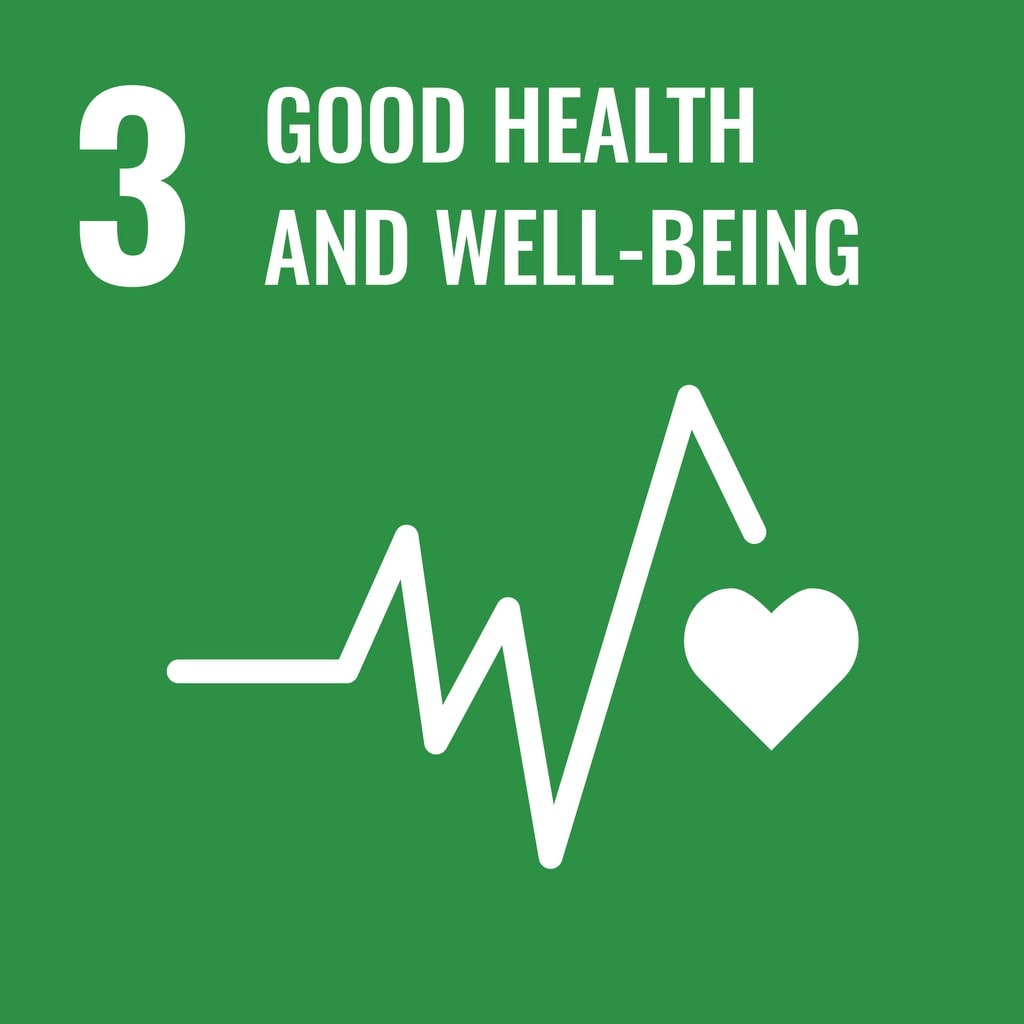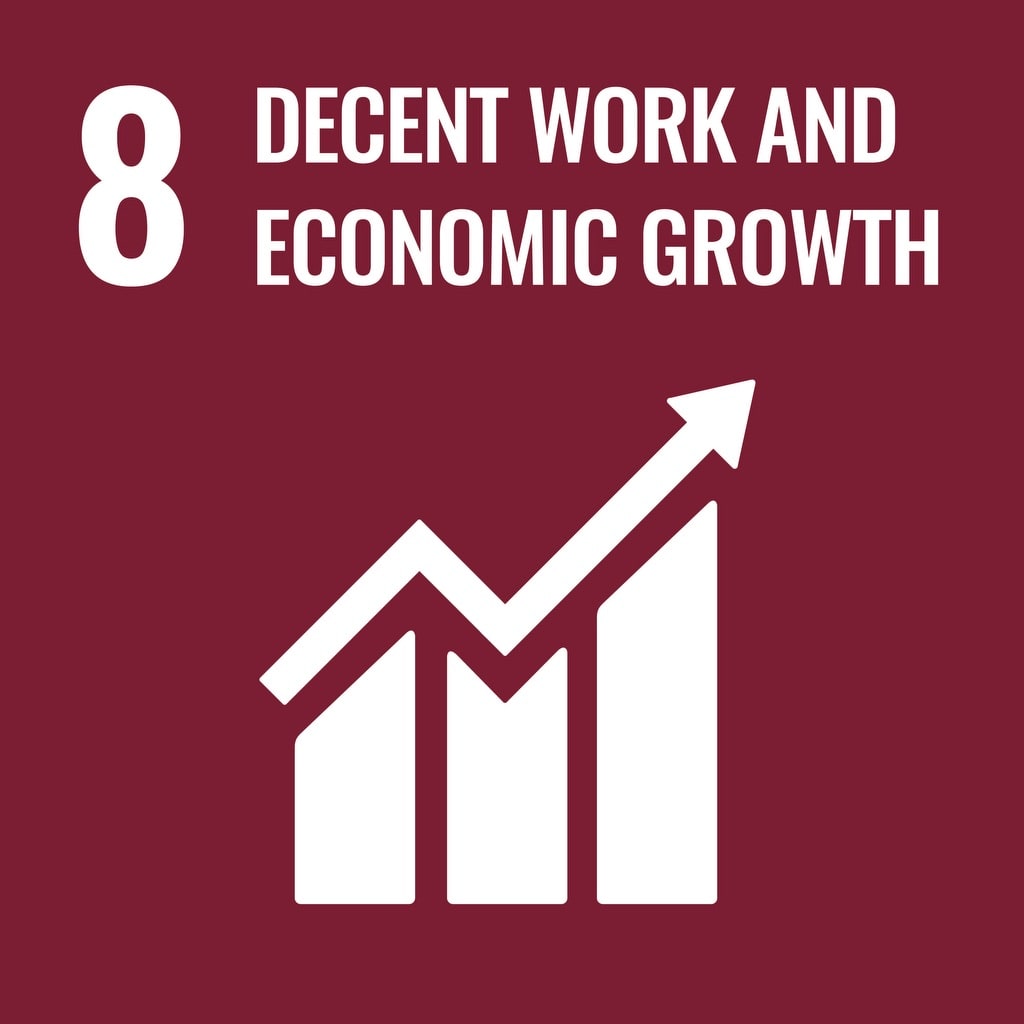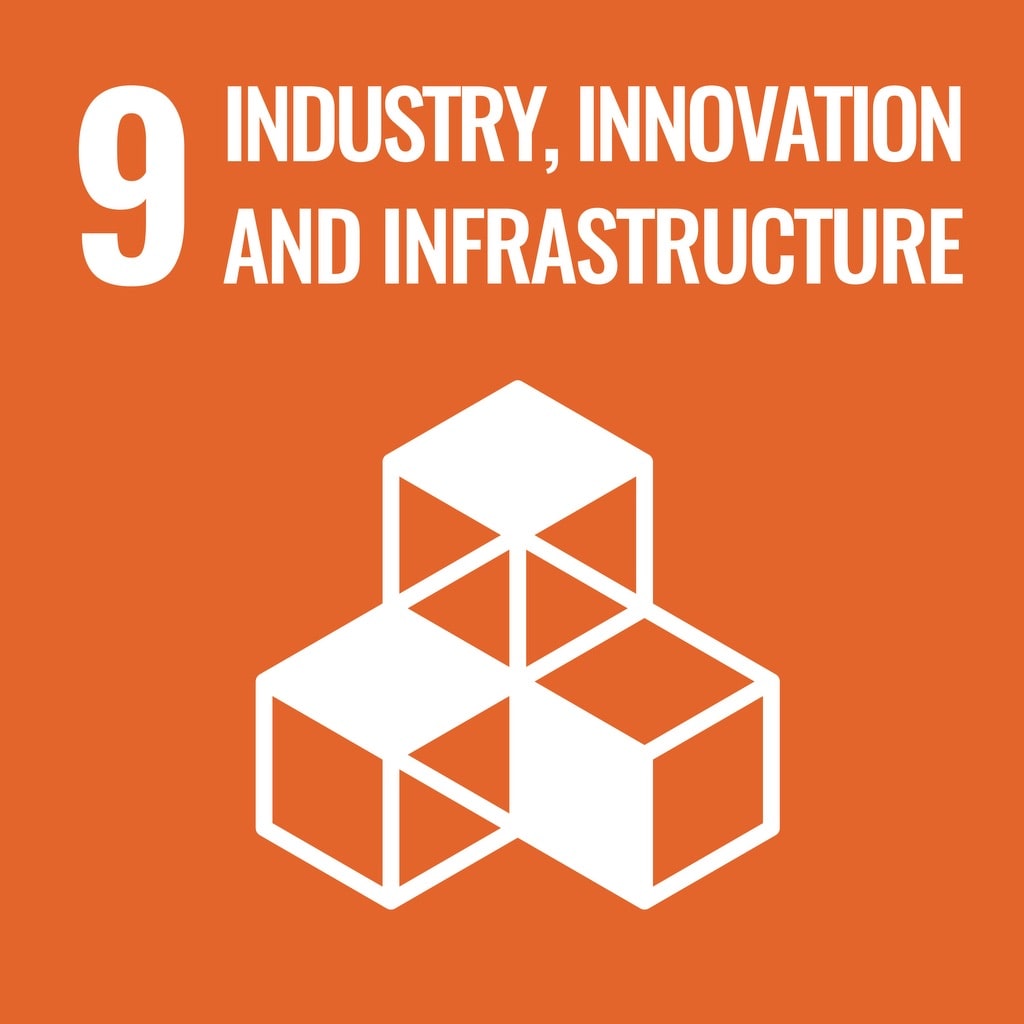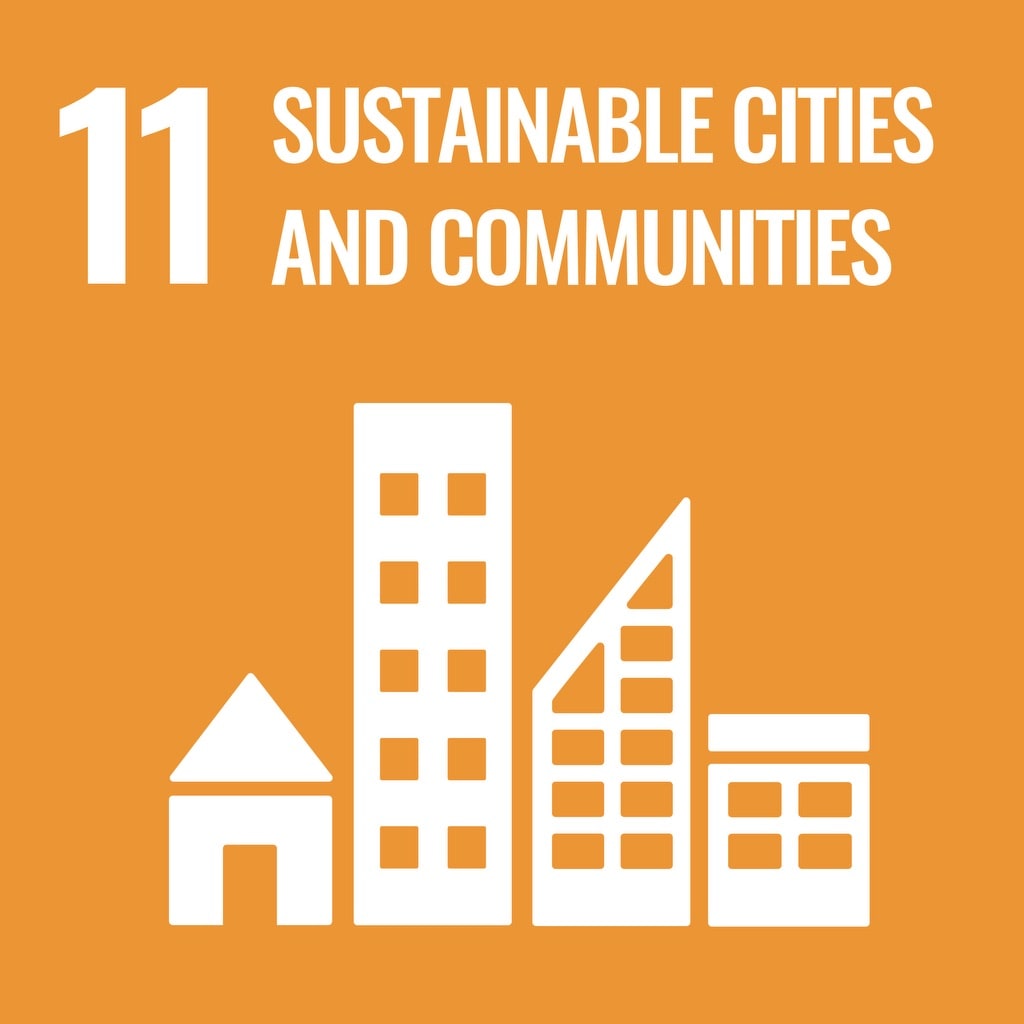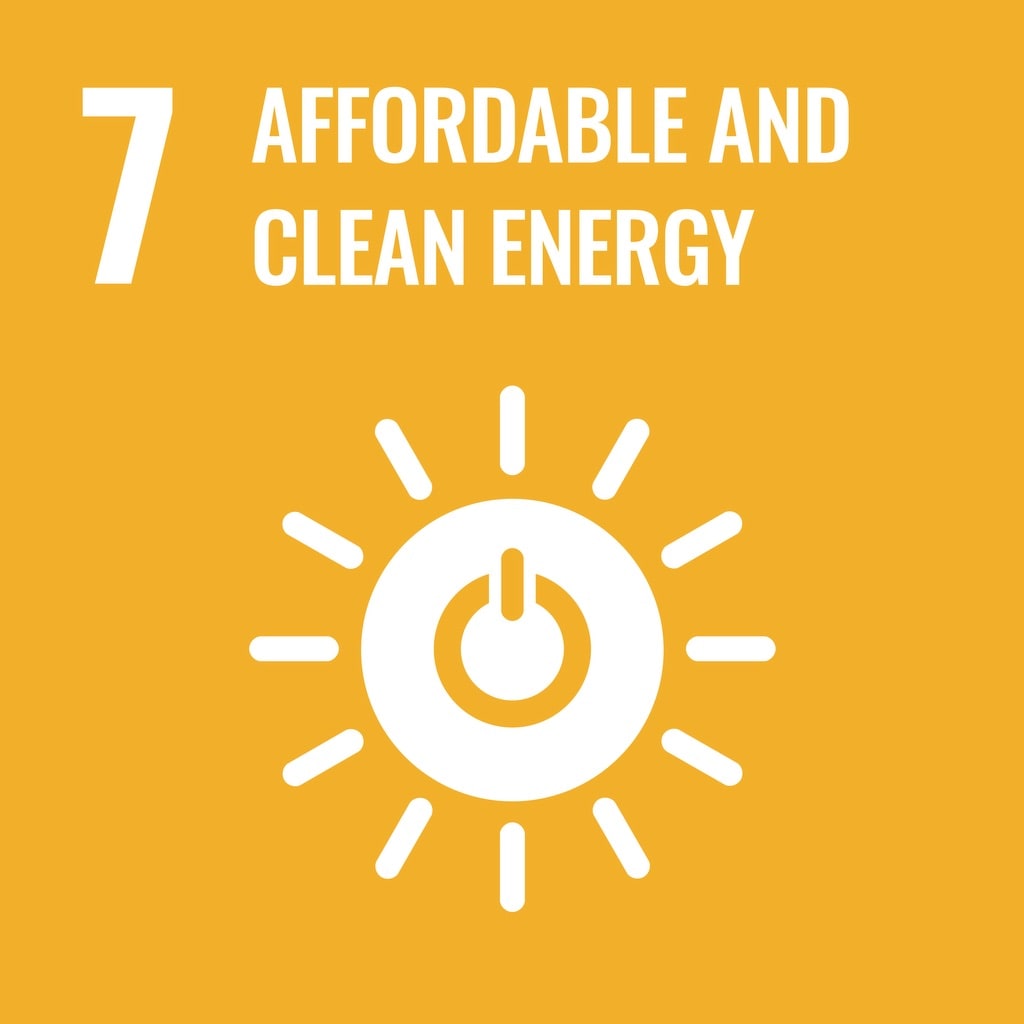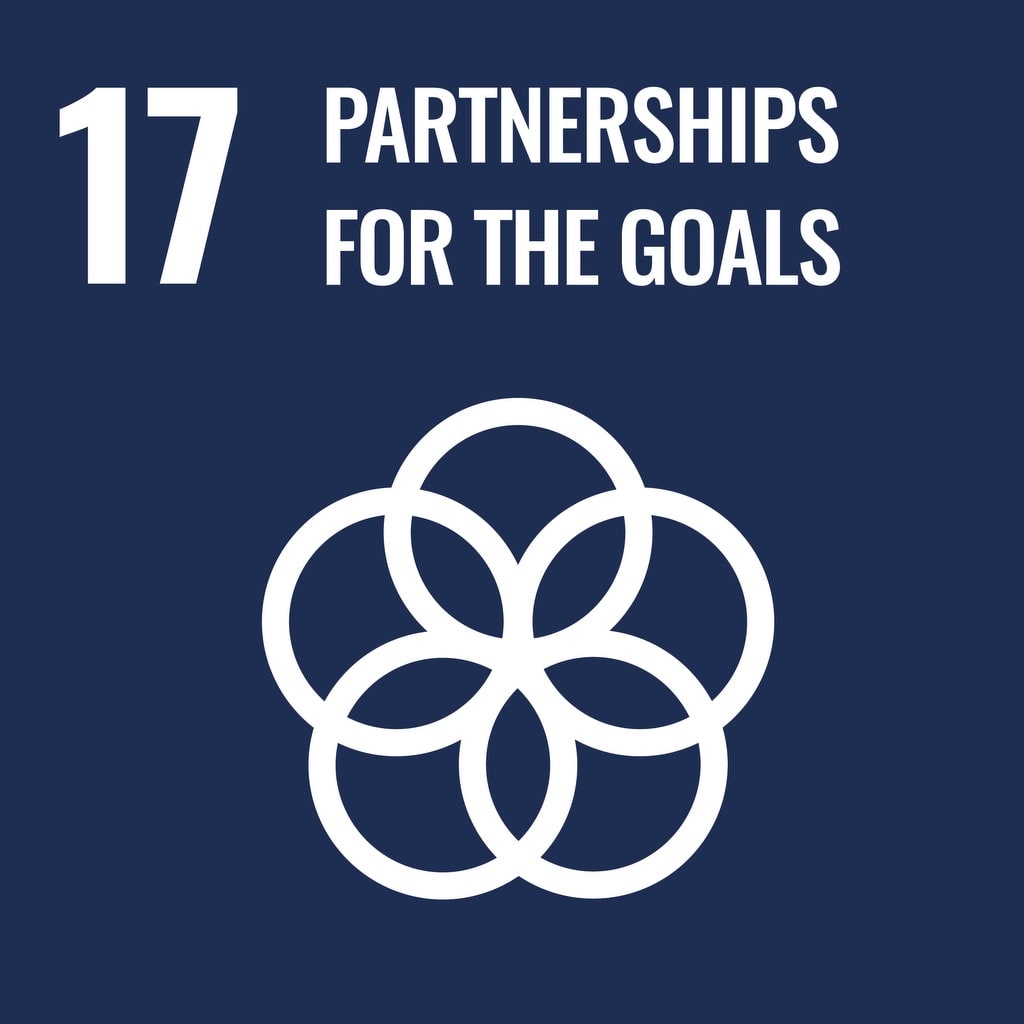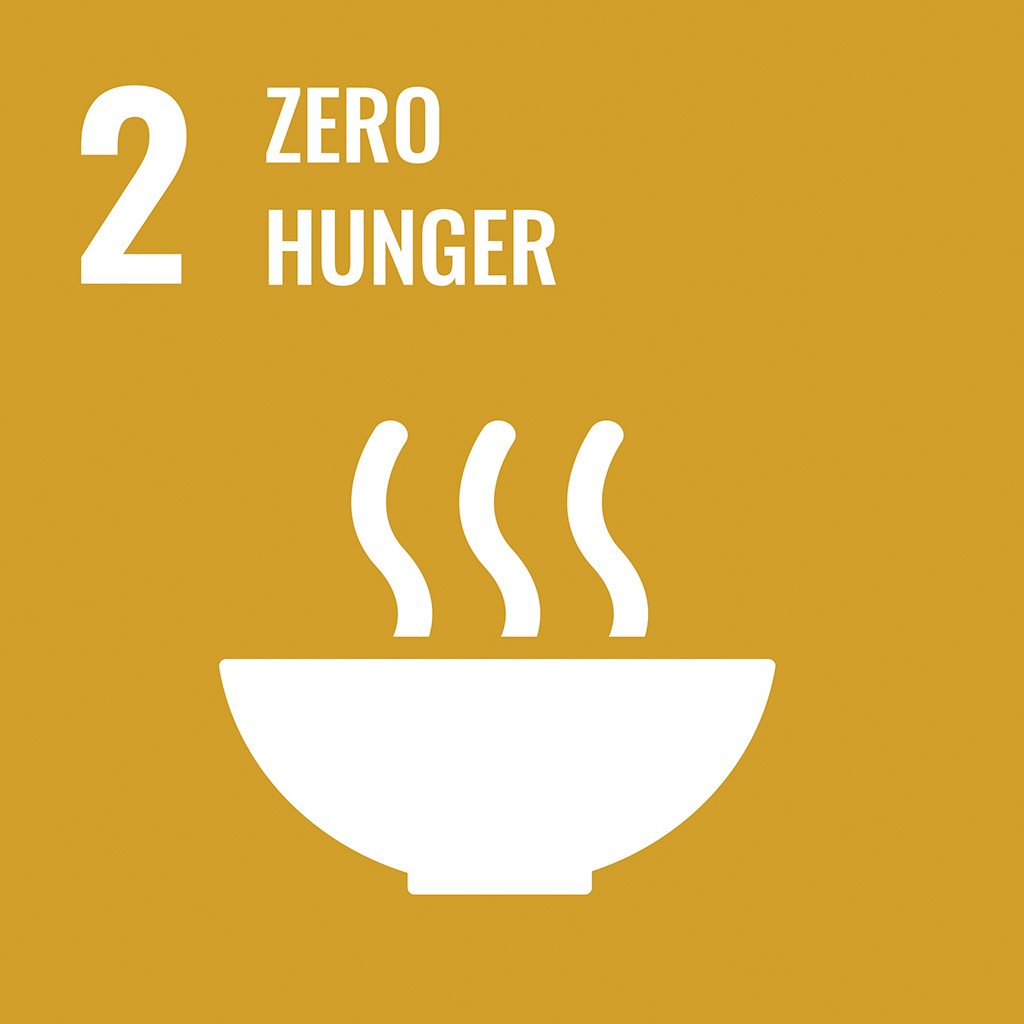Material aspects
To determine the content and strategic objectives for our annual sustainability reporting we conduct a materiality assessment and review to understand our material sustainability topics. In line with good practice, our materiality assessment applies GRI Principles for determining report content and is undertaken biennially to identify the most critical sustainability issues influencing our ability to create and maintain value. Our review draws from our corporate and legislative commitments, key risks, corporate stakeholder engagement processes, media and ministerial topics and our peers’ reporting practices.
Addressing our material issues
Our approach to addressing our top material issues and alignment with sustainable development goals (SDG) is shown in the table which this year has been aligned by grouping our material issues into either Environment, Governance or Social categories.
Environment
| MATERIAL ISSUE | KEY IMPACT | KEY RESOURCES AFFECTED | IMPACT ON OUR VALUE CHAIN | SDG ALIGNMENT |
|---|---|---|---|---|
| Compliance with environmental legislation | Some of our activities are subject to legislation. We may face penalties, reputational damage or loss of confidence if we do not comply with and meet our obligations. |
Asset Upgrades/ Construction
Asset Maintenance
|
||
| Congestion, freight productivity & resilience | We seek to reduce congestion and enhance freight efficiency. This mitigates impacts including carbon emissions, air pollutants; psychological impacts and reduced productivity. |
Road Network Use
|
||
| Biodiversity | Our infrastructure can directly impact our unique flora and fauna. On every project we seek to mitigate the impacts of our activities on biodiversity and the impacts of climate change. |
Asset Upgrades/ Construction
|
||
| Road building materials & decarbonisation | We seek to minimise lifecycle impacts and implement circular economy principles. This includes reducing the use of non-renewable materials We also aim to reduce our embodied and transport energy generation, and the release of volatile organic compounds. |
Asset Upgrades/ Construction
|
||
| Climate change, energy and emissions | Our road network is exposed to the impacts of climate hazards and in some cases sea-level rise. The Portfolio is a participant in the governments Sectoral Adaptation aPlans. Developing, operating and using a road network consumes energy and generates and enables emissions. |
Road Network Use
|
Governance
| Material Issues | Key Impact | Key Resources Affected | Impact On Our Value Chain | SDG Alignment |
|---|---|---|---|---|
| Good public policy | We have clear, transparent, and strong governance approaches that prevent undue influence in the administration of our role and ensure swift, efficient and effective implementation of government policies and strategies. |
Strategic Asset Management
|
||
| Procurement practices & industry sustainability | We rely on our supply chain to support our success. We engage with many suppliers with varying characteristics and leverage our relationships to deliver government policy. |
Asset Upgrades/ Construction
Asset Maintenance
|
||
| Anti-corruption | Our extensive program and number of suppliers could lead to corruption without appropriate mitigation We assess our business to identify risks and educate employees on anticorruption. | Strategic Asset Management | ||
| Value for money | We must make effective use of the funding we receive to deliver our services to the community in the most efficient way. We have an impact on industries enabling trade, creating jobs and strengthening the economy. |
Strategic Asset Management
|
Social
| Material Issues | Key Impact | Key Resources Affected | Impact On Our Value Chain | SDG Alignment |
|---|---|---|---|---|
| Road safety | The state’s road deaths is above the national average. We seek to minimise the likelihood of road trauma aligned with our state’s road safety strategy for 2020 to 2030. |
Road Network Use
|
||
| Workforce safety and health | Our workforce interacts with the road environment. The consequence of incidents can be significant. We seek to ensure the safety of our direct and indirect workforce. |
Asset Maintenance
Asset Upgrades/ Construction
|
||
| Regional presence and equitable development | Our operations support economic development in regional communities and they rely on our infrastructure to access essential services. We recognise the impact we can have on regional towns and their populations. |
Network Asset Operations
|
||
| Aboriginal heritage and Native Title | We seek to protect Aboriginal cultural values acknowledging our projects may impact culturally sensitive areas. We are committed to mitigating and minimising any impact we have. Progressing reconciliation and economic opportunities through our practices is a priority. |
Asset Upgrades / Construction
|
||
| Local communities | Our investments can alter a socioeconomic profile by altering traffic flows, local air quality and impact community severance. We carefully managed issues that can impact on our role as good neighbours. |
Asset Maintenance
Asset Upgrades/ Construction
|
||
| Job creation | We directly employ 1,800 people, spread throughout the State. We provide an estimated additional 23,000 direct and indirect jobs through our construction expenditure. |
Asset Upgrades/ Construction
|
||
| Diversity and equal opportunity | Through our activities, we work to incorporate diversity and equality targets in our workforce and through our procurement activities in our projects as we seek to carry this through to supply chains across our industry and partners. |
Strategic Asset Management
|
||
| Open and transparent communication | Timely, accurate and effective communications are imperative to our operations. If not done well, this impacts the reputation of and confidence in our agency. |
Asset Upgrades/ Construction
|
More information on how these topics relate to Global Reporting Initiative (GRI) indicators including the GRI Content Index and the SDGs can be found in the online version of this report.
Value chain
Our value chain demonstrates the primary activities in our business model and indicates where our most significant impact or value occurs. This model includes an additional dimension showing interactions. These are included as we transition from activities within our organisation to further recognising the key importance of relationships we have with suppliers, stakeholders and the community and ultimately customer-impact or value-creation outcomes.








